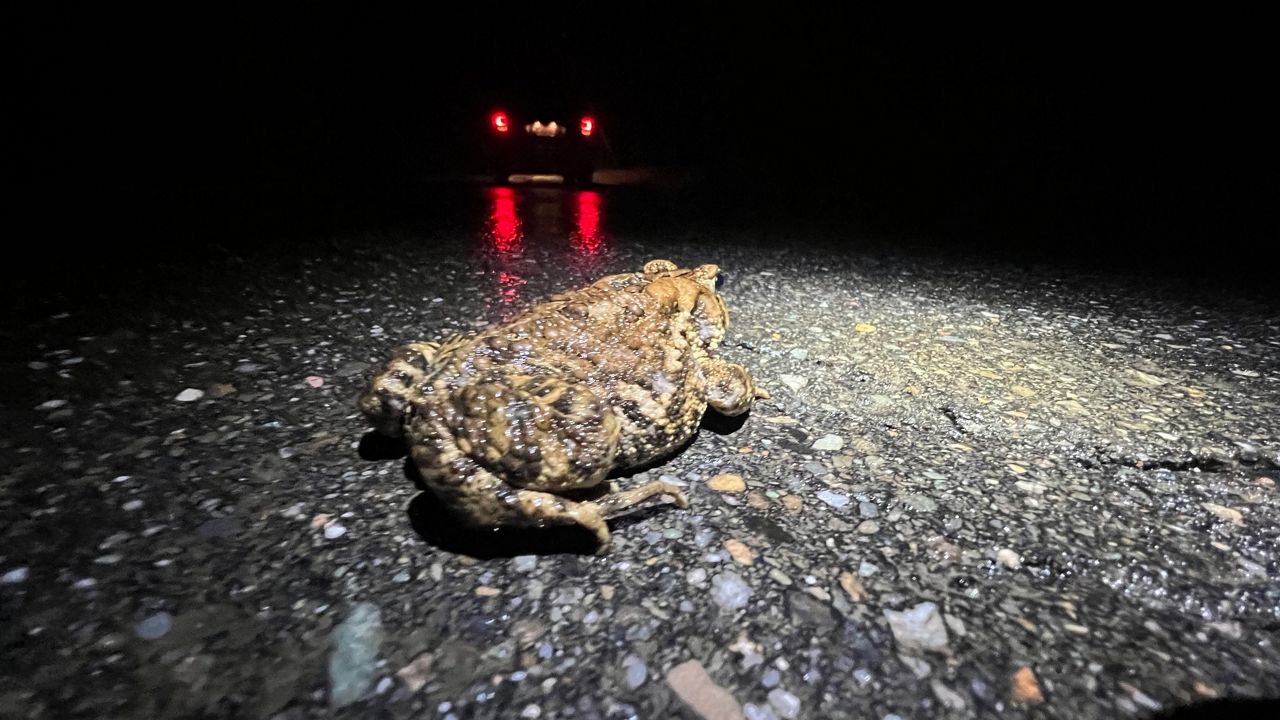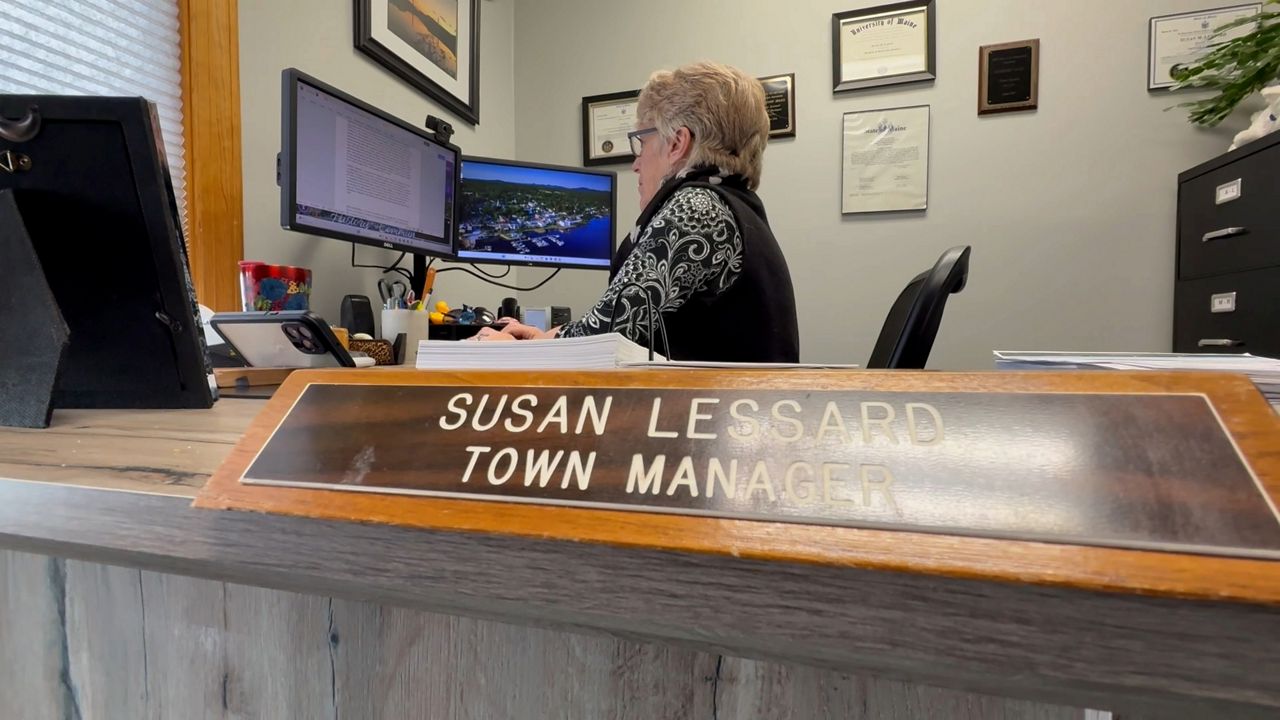STATEWIDE — With the arrival of spring, thousands of frogs and lizards are expected to cross Maine’s roads.
Early to mid-April typically marks the largest mass migration of amphibians in Maine, according to the University of Maine.
The event is referred to as Maine’s Big Night, but occurs multiple times. On warm, rainy nights, they leave their winter hiding places and head toward their breeding pools.
However, this can also lead to them getting killed by passing vehicles.
“Amphibians, already facing stronger threats than many other groups of wildlife, can see localized declines due to roadkill,” the Piscataquis County Soil and Water Conservation District website reads. “And are especially vulnerable during their punctual annual migrations.”
Nonprofit “Maine Big Night” is leading the charge in protecting the creatures as they migrate and reportedly saved over 9,000 amphibians last year alone.
“Big nights are pivotal for amphibians as they mark the beginning of their breeding season,” the Maine Big Night website reads. “During this migration, frogs and salamanders travel considerable distances to reach breeding sites such as vernal pools or other wetlands. The success of their journey is vital for the continuation of their species, making these migrations a crucial aspect of their life cycle.”
According to Maine Big Night, the deadliest site for amphibians last year was Kenduskeag Avenue in Bangor.
“Monitoring big nights provides invaluable data for understanding amphibian populations, migration behaviors, and the impact of human infrastructure on their survival,” the Maine Big Night website reads. “By actively participating in monitoring efforts, we can identify high-risk areas, implement targeted conservation strategies, and work towards creating safer passage for these vital contributors to our ecosystems.”
According to the Maine Department of Transportation, you can help the amphibians by paying attention to the weather and staying off of the roads on Big Nights.
According to the Maine Department of Inland Fisheries and Wildlife, mass migration events are typically triggered on rainy nights with temperatures above 40 degrees.
To learn more or volunteer to help, visit mainebignight.org.











